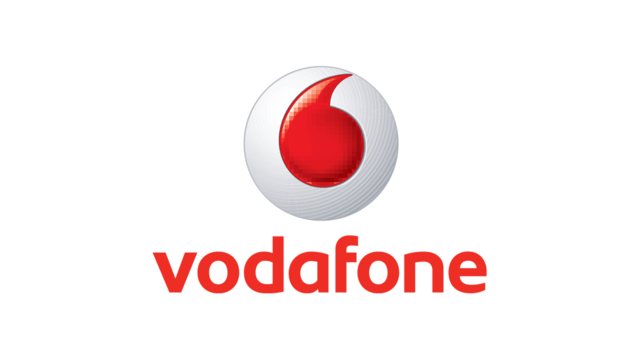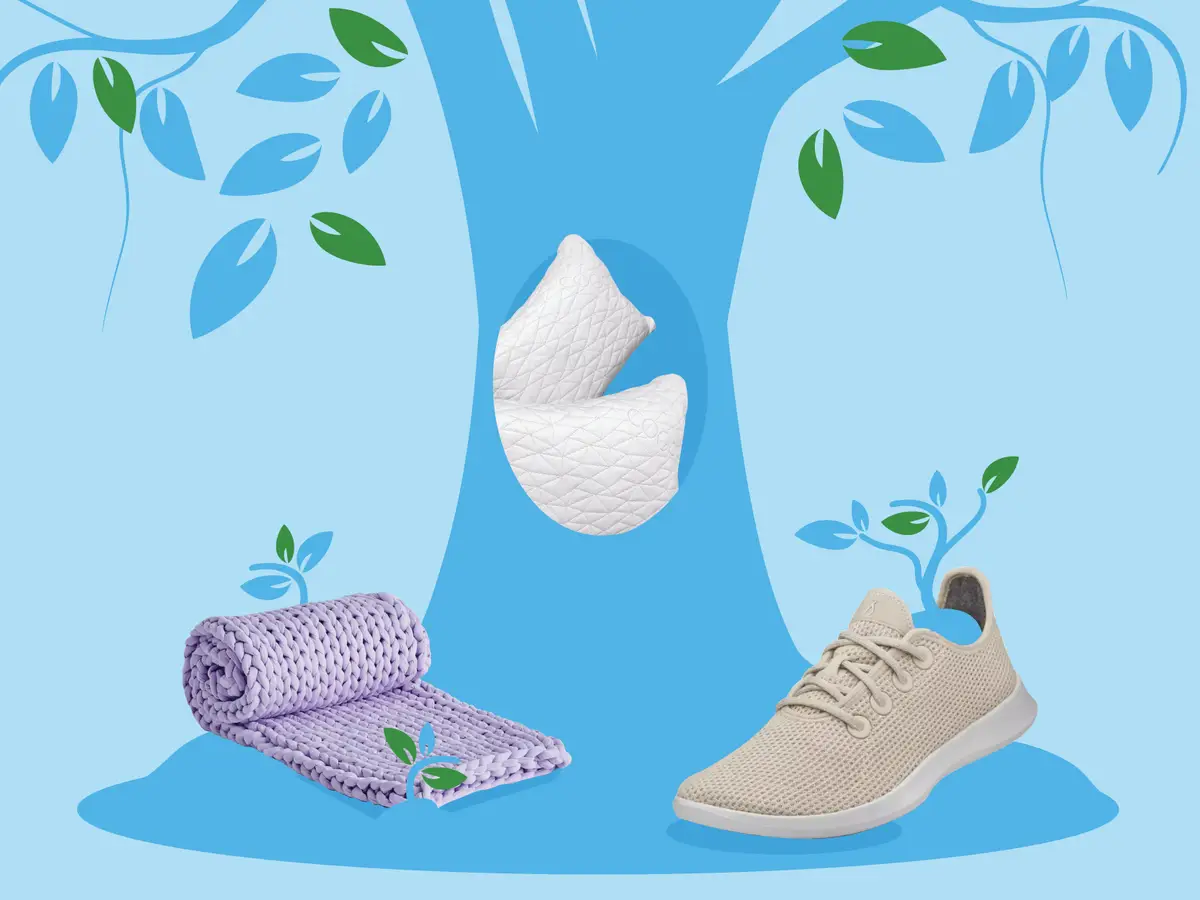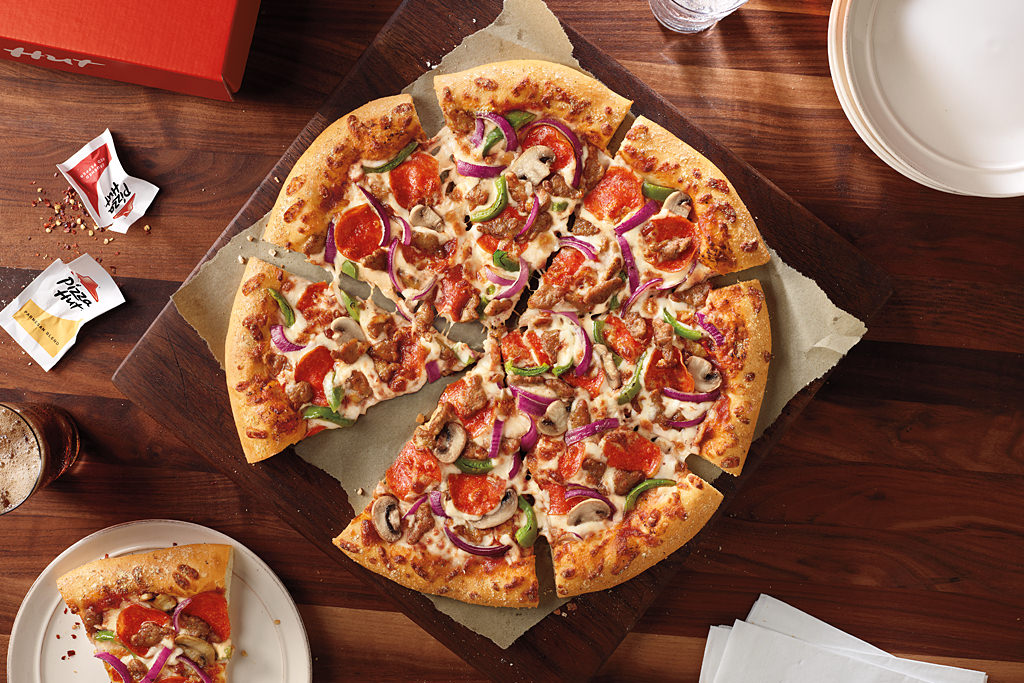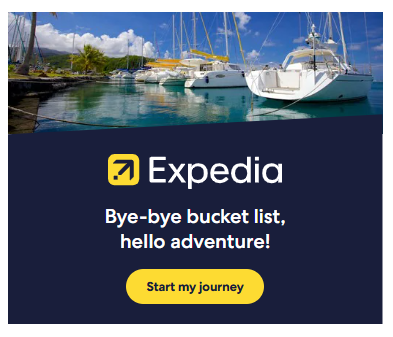Brand collaborations have taken the marketing world by storm. From unexpected pairings to iconic unions, these partnerships can create waves of excitement among consumers. Some brands join forces with a clear vision and strategy, resulting in successful brand partnerships that resonate deeply with their audiences. Others simply go for shock value, hoping to ride the viral wave without much substance underneath.
But what makes a collaboration truly work? Is it creativity, alignment of values, or just sheer randomness? As we dive deeper into the realm of weird brand collaborations and examine both triumphs and missteps, we’ll uncover what really drives success in these ventures. Buckle up as we explore when brand collabs make sense—and when they’re merely chasing virality!
The Rise of Brand Collaborations
Brand collaborations have surged in popularity, transforming the landscape of marketing. In an age where consumers are bombarded with countless messages, these partnerships often stand out. They create a buzz that traditional advertising struggles to achieve.
Social media plays a pivotal role in this rise. Platforms like Instagram and TikTok allow brands to reach wider audiences instantly. A clever collaboration can go from zero to viral overnight, grabbing attention far beyond what either brand could achieve alone.
Moreover, consumers crave authenticity and creativity. Collaborations provide fresh perspectives by merging distinct identities into one offering. This synergy captivates fans of both brands while appealing to new customers who appreciate innovation.
As competition intensifies across industries, companies recognize that joining forces can deliver unique experiences and products—ones that resonate deeply with their target markets. The result? An evolution in how brands engage with consumers through collaborative efforts.
What Makes a Successful Brand Collab?
Successful brand collaborations hinge on a shared vision. When two brands align in values and goals, magic can happen. Authenticity is key; consumers can spot insincerity from a mile away.
Complementary products often enhance the collaboration. Think of how certain flavors pair well together or how fashion meets technology seamlessly. This synergy creates an experience that feels natural rather than forced.
Effective communication during the collab process cannot be overlooked. Clear messaging ensures both brands’ identities shine through without overshadowing one another.
Furthermore, tapping into each other’s audiences expands reach significantly. A successful partnership should introduce both brands to new demographics while fostering loyalty among existing fans.
Creativity plays a crucial role in engagement strategies—whether it’s through innovative campaigns or unique product launches, fresh ideas keep the excitement alive for consumers eager to participate in something special.
Examples of Successful Brand Collaborations
One standout example of a successful brand collaboration is the partnership between Nike and Off-White. Virgil Abloh, the founder of Off-White, brought fresh aesthetics to classic sneaker designs. This blend not only attracted sneakerheads but also elevated both brands’ status in streetwear culture.
Another memorable collab is McDonald’s and Travis Scott. By introducing the “Travis Scott Meal,” they tapped into pop culture effectively, driving sales through social media buzz. It wasn’t just about food; it was an experience that resonated with fans.
Then there’s H&M’s collaboration with designer Balmain. This fusion made high fashion accessible to everyday consumers while generating massive lines outside stores on launch day.
These examples showcase how strategic partnerships can create excitement and engagement, turning unique ideas into viral successes without sacrificing brand identity or integrity.
When Brand Collabs Go Wrong
Brand collaborations can sometimes miss the mark spectacularly. Take, for example, a high-end fashion label teaming up with a fast-food giant. The result? Confusion among consumers who struggle to reconcile luxury with drive-thru culture.
When brands force partnerships that don’t align, it shows. Audiences notice when there’s no genuine connection between the two entities. Sometimes the aesthetics clash; other times, messaging just doesn’t resonate.
Social media can amplify these missteps quickly. A poorly received campaign might even trend for all the wrong reasons—leading to backlash instead of buzz.
The fallout can be staggering as trust erodes. Customers may feel manipulated or used as mere pawns in a marketing strategy aimed at virality rather than authenticity. When brand collabs go wrong, they often serve as cautionary tales about what happens when creativity takes a backseat to clout chasing.
How to Determine if a Brand Collab is Authentic or Just for Clout
Spotting an authentic brand collaboration can be tricky. Start by examining the brands involved. Do they share values? A partnership between a luxury fashion label and a fast-food chain may raise eyebrows.
Next, look for genuine storytelling. Authentic collaborations often weave narratives that resonate with their audiences. If it feels forced or overly promotional, it might just be for clout.
Check the engagement levels too. Are followers genuinely excited about the collab? An influx of comments and shares indicates real interest rather than mere trend-hopping.
Transparency matters. Brands should disclose partnerships clearly to build trust with consumers. If you notice vague messaging without clear intentions, that’s a red flag signaling superficiality over substance in the collaboration effort.
The Importance of Transparency in Brand Collaborations
Transparency is essential in brand collaborations. When two brands team up, consumers want to know why they’re partnering. Authenticity builds trust.
Clear communication about the goals and values behind a collaboration can elevate both brands involved. When customers feel informed, they are more likely to engage and support the partnership.
Without transparency, skepticism arises. People start questioning motives—are these brands genuinely aligned or just chasing trends? Consumers today value honesty over hype.
Brands that openly share their journey create deeper connections with their audience. It’s not just about slapping logos together; it’s about storytelling.
In the age of social media, where information spreads rapidly, being upfront can save reputations. Misguided partnerships often lead to backlash when hidden agendas come to light.
Transparency fosters loyalty and long-term success for all parties involved in any collaboration endeavor.
What are Your Favorite Brand Collaborations?
Brand collaborations have taken the marketing world by storm, often leading to unexpected results. From fashion houses teaming up with fast-food chains to tech companies partnering with lifestyle brands, there’s no shortage of weird brand collaborations that catch our attention.
Think about some of your favorite partnerships. Brands like Nike and Off-White created buzz not just for their products but also for what they represent in culture. Or consider how Coca-Cola and Spotify blended refreshment with music discovery, resonating deeply with consumers who crave unique experiences. These successful brand partnerships thrive on shared values or creative synergy rather than mere gimmicks.
On the flip side, we’ve seen viral brand collabs that left us scratching our heads. Sometimes it feels as if a partnership exists solely for social media clout without any real substance behind it. For instance, certain food brands releasing limited edition flavors based on popular movies can seem disingenuous when there’s little connection between them.
What makes you appreciate a collaboration? Is it creativity? Authenticity? The merging of two worlds into something entirely new? Share your thoughts! Some might cherish the quirky charm of odd pairings while others prefer well-thought-out alliances that bring genuine value to both parties involved.
Now it’s time to hear from you: What are your favorite brand collaborations? Which ones made an impact or stood out in your mind? Your insights could inspire future projects and highlight the power these partnerships hold in shaping consumer perceptions today.










